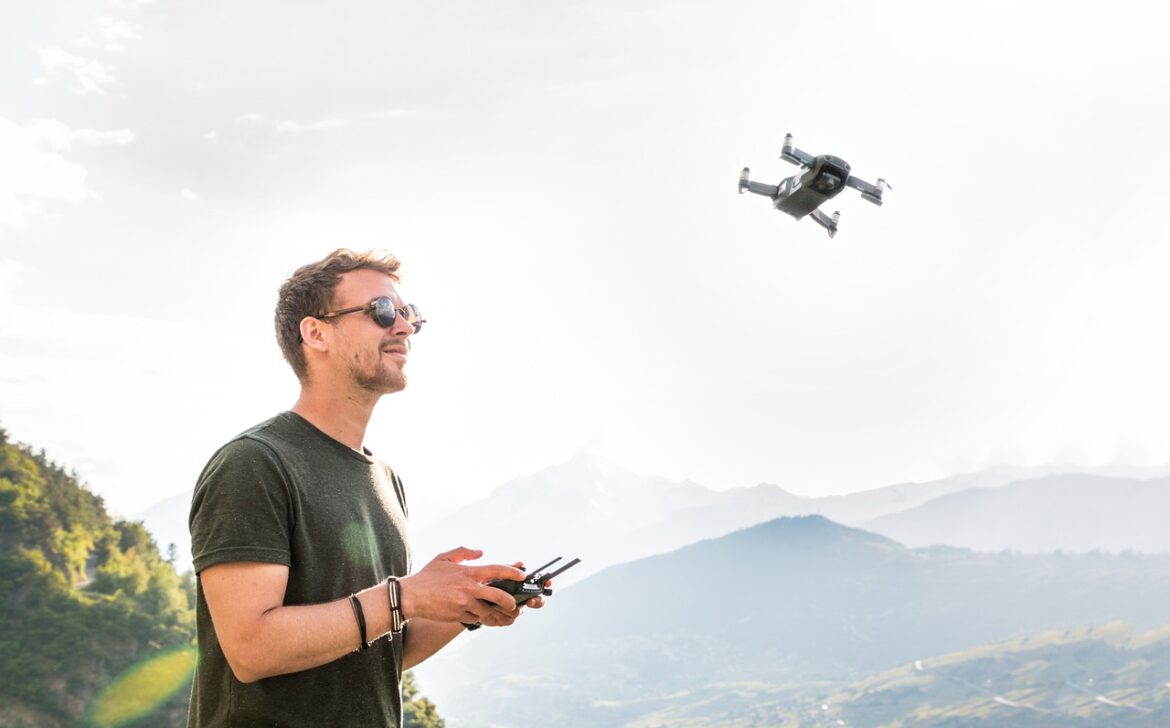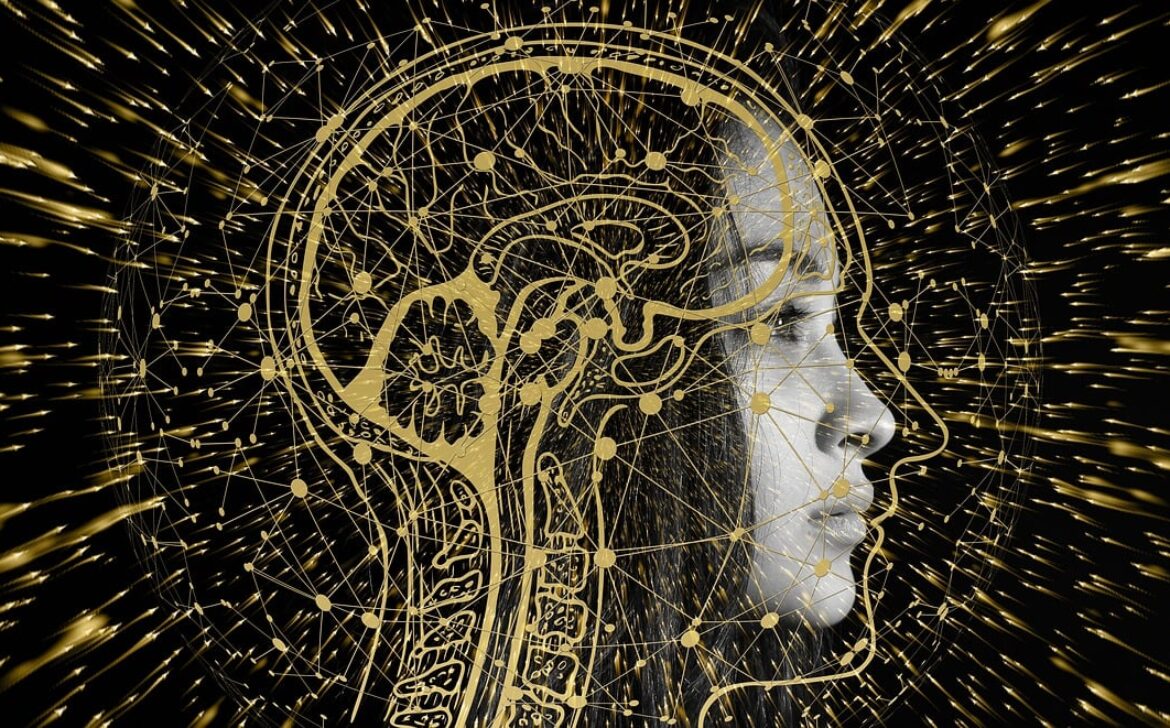Exploring the Transformative Power of Drones

In recent years, a silent revolution has been taking place in the skies, reshaping industries, aiding disaster response, and even influencing the arts. This revolution is powered by drones, also known as unmanned aerial vehicles (UAVs), which have transcended their military origins to become versatile tools that are changing the way we live, work, and experience the world. In this blog post, we’ll delve into the world of drones, exploring their history, applications, and the incredible impact they’re having on various fields.
A Brief History of Drones
Drones have come a long way since their inception. Originally developed for military purposes, they were primarily used for reconnaissance and surveillance. Over time, advances in technology have made drones more accessible, affordable, and adaptable, leading to their widespread adoption across industries.
Beyond Hobby: Drones in Various Applications
The applications of drones are as diverse as the skies they navigate. Here are some key areas where drones are making a significant impact:
- Aerial Photography and Cinematography: Drones have transformed the field of photography and filmmaking, offering unique aerial perspectives that were once reserved for helicopters or cranes. They are now indispensable tools for capturing stunning landscapes, events, and action sequences.
- Agriculture: Drones equipped with advanced sensors and cameras are revolutionizing agriculture. They can monitor crop health, assess soil conditions, and even spray pesticides with pinpoint accuracy, optimizing yields and reducing environmental impact.
- Search and Rescue: In disaster-stricken areas, drones play a crucial role in locating survivors and assessing damage. Their ability to reach inaccessible areas quickly makes them invaluable tools for first responders.
- Environmental Monitoring: Drones are used to monitor ecosystems, wildlife populations, and natural disasters. They provide researchers with real-time data for studying climate change, deforestation, and more.
- Infrastructure Inspection: Inspecting tall structures, bridges, and power lines can be dangerous and time-consuming. Drones offer a safer and more efficient way to carry out visual inspections and detect structural issues.
- Delivery Services: Companies like Amazon are exploring the use of drones for delivering packages to customers, promising faster delivery times and reduced carbon emissions.
- Mapping and Surveying: Drones equipped with mapping software and high-resolution cameras are used for creating accurate 3D models, surveying large areas, and planning urban development.
- Entertainment: Drones have become an integral part of entertainment shows and events, creating mesmerizing light displays and synchronized aerial performances.
Advancements and Challenges
As drone technology continues to evolve, several challenges and opportunities arise:
- Regulation: The rapid proliferation of drones has prompted regulatory bodies to establish rules for safe and responsible drone operation, including airspace restrictions and privacy concerns.
- Battery Life: Improving battery life remains a priority for drone manufacturers, as longer flight times would enhance their efficiency and utility.
- Collision Avoidance: Incorporating advanced collision avoidance systems is essential to ensure the safety of both drones and other aircraft sharing the airspace.
Looking Ahead: A Sky Full of Promise
The future of drones holds exciting possibilities. Here are some trends and innovations on the horizon:
- Autonomous Navigation: Drones equipped with AI and machine learning algorithms will become more adept at navigating complex environments autonomously.
- Urban Air Mobility: The concept of flying taxis and urban air mobility is gaining traction, with drones potentially revolutionizing urban transportation.
- Environmental Conservation: Drones could play a pivotal role in combating illegal activities like poaching and deforestation by providing real-time monitoring and intervention.
- Medical Deliveries: Drones might be used to transport medical supplies, including life-saving medications and organs, to remote or disaster-stricken areas.





